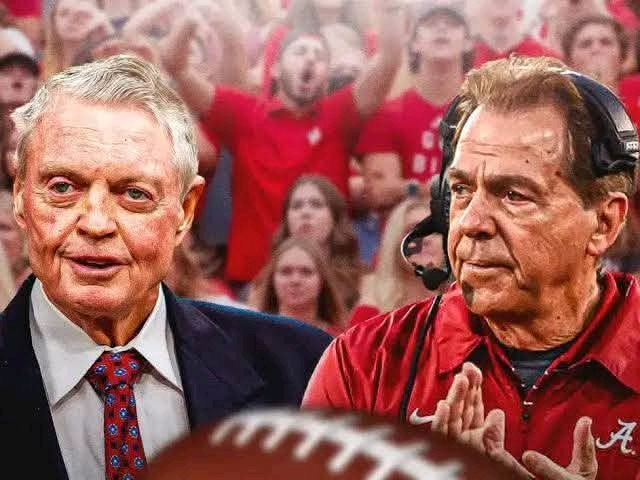The retirement of legendary Alabama head coach Nick Saban sent shockwaves through the college football world. For many, it marked the end of an era defined by dominance, discipline, and dynasties. But for longtime fans of the sport, it also stirred memories of another once-unshakable power: Nebraska football.
Much like Saban’s Alabama, Nebraska once sat atop the college football mountain. Under the leadership of Bob Devaney in the 1960s and early ’70s, and more notably under Tom Osborne from 1973 to 1997, Nebraska became synonymous with excellence. Osborne’s Huskers claimed three national titles in the 1990s and were a perennial powerhouse, with their trademark option offense, relentless defense, and workmanlike culture drawing respect—and fear—from opponents across the nation.
Nick Saban’s Alabama reign (2007–2023) bears many parallels. Saban’s focus on precision, consistency, and elite recruiting resurrected the Crimson Tide into a juggernaut that won six national championships under his watch. Just as Osborne’s Nebraska made Lincoln a mecca of college football, Saban’s influence turned Tuscaloosa into the epicenter of the sport in the modern era.
The connection between the two programs is more than symbolic. In many ways, Alabama under Saban represented what Nebraska once was—and perhaps what it still yearns to become again. Nebraska’s fall from dominance after Osborne’s retirement mirrors the fears that Alabama fans may now face. Can greatness be sustained without the architect? Nebraska’s post-Osborne years have been marked by inconsistency, coaching changes, and a struggle to reclaim national relevance. Alabama’s future may now hinge on avoiding a similar decline.
As the college football world reflects on Saban’s retirement, Nebraska fans can’t help but remember their own golden age. It’s a poignant reminder that dynasties, no matter how dominant, are fragile. And perhaps, just perhaps, it reignites hope in Lincoln that the next great chapter might still be written.


